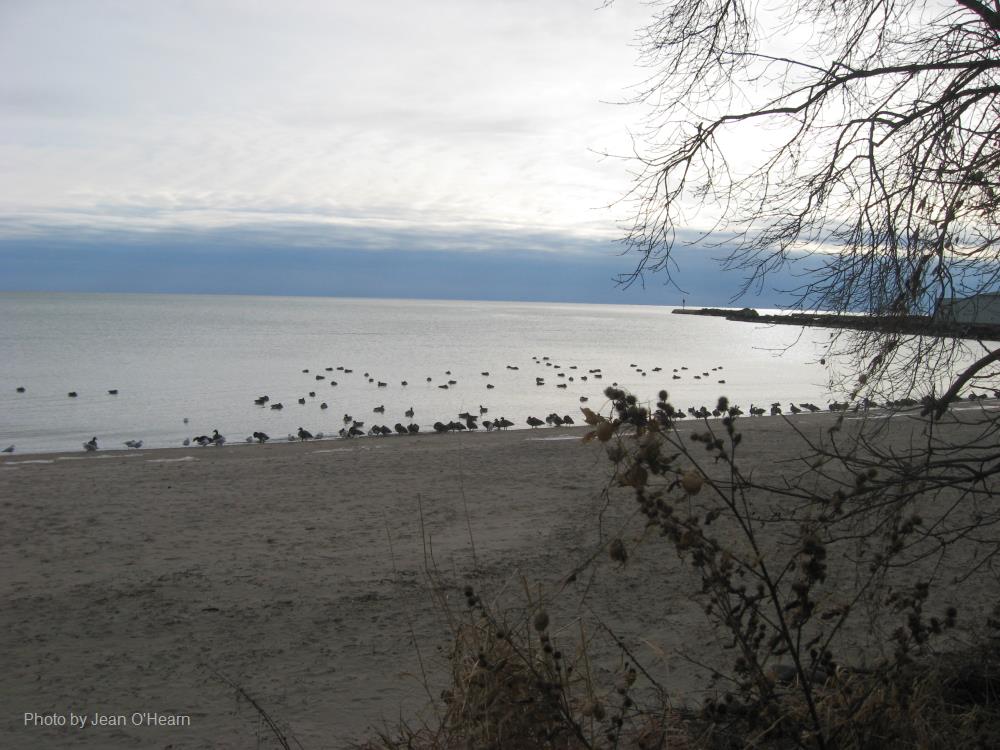
Related items loading ...
Section 1: Publication
Publication Type
Journal Article
Authorship
Glass, B. K., Rudolph, D., Duguay, C., & Wicke, A.
Title
Identifying Groundwater Discharge Zones in the Central Mackenzie Valley Using Remotely Sensed Optical and Thermal Imagery
Year
2020
Publication Outlet
Canadian Journal of Earth Sciences
DOI
ISBN
ISSN
Citation
Glass, B. K., Rudolph, D., Duguay, C., & Wicke, A. (2020). Identifying Groundwater Discharge Zones in the Central Mackenzie Valley Using Remotely Sensed Optical and Thermal Imagery. Canadian Journal of Earth Sciences.
https://doi.org/10.1139/cjes-2019-0169
Abstract
Landsat 4–5 Thematic Mapper, Landsat 8 Operational Land Imager, and RapidEye-3 data sets were used to identify potential groundwater discharge zones, via icings, in the Central Mackenzie Valley (CMV) of the Northwest Territories. Given that this area is undergoing active shale oil exploration and climatic changes, identification of groundwater discharge zones is of great importance both for pinpointing potential contaminant transport pathways and for characterizing the hydrologic system. Following the work of Morse and Wolfe (2015), a series of image algorithms were applied to imagery for the entire CMV and for the Bogg Creek watershed (a sub watershed of the CMV) for selected years between 2004 and 2017. Icings were statistically examined for all of the selected years to determine whether a significant difference in their spatial occurrence existed. It was concluded that there was a significant difference in the spatial distribution of icings from year to year (α = 0.05), but that there were several places where icings were recurring. During the summer of 2018, these recurrent icings, which are expected to be spring sourced, were verified using a thermal camera aboard a helicopter, as well as in situ measurements of hydraulic gradient, groundwater geochemistry, and electroconductivity. Strong agreement was found between the mapped icings and summer field data, making them ideal field monitoring locations. Furthermore, identifying these discharge points remotely is expected to have drastically reduced the field efforts that would have been required to find them in situ. This work demonstrates the value of remote sensing methods for hydrogeological applications, particularly in remote northern locations.
Résumé
Des ensembles de données obtenues par capteur Landsat 4–5 Thematic Mapper, imageur Landsat 8 Operational Land Imager et satellite RapidEye 3 ont été utilisés pour cerner d’éventuelles zones d’émergence d’eau souterraine, sous forme d’aufeis, dans la vallée centrale du fleuve Mackenzie (VCFM) des Territoires du Nord-Ouest. Comme cette région est fait l’objet de travaux d’exploration pour le gaz de schiste et subi des changements climatiques, la localisation de zones d’émergence d’eau souterraine revêt une grande importance tant pour l’établissement de possibles voies de transport de contaminants que pour la caractérisation du réseau hydrologique. Comme suite aux travaux de Morse et Wolfe (2015), nous avons appliqué une série d’algorithmes de traitement d’images à l’imagerie pour toute la VCFM et pour le bassin versant du ruisseau Bogg (un sous-bassin de la VCFM) pour des années choisies entre 2004 et 2017. Les aufeis ont fait l’objet d’un examen statistique pour toutes les années sélectionnées afin de vérifier la présence d’une variation significative de leur répartition spatiale. Nous concluons qu’il y avait une variation significative de la répartition spatiale des aufeis d’une année à l’autre (α = 0,05), mais que des aufeis étaient récurrents en plusieurs endroits. Durant l’été 2018, la présence de ces aufeis récurrents, qui sont présumés être alimentés par des sources, a été validée à l’aide d’une caméra thermique héliportée, ainsi que par des mesures in situ du gradient hydraulique, de la géochimie de l’eau souterraine et de la conductivité électrique. Une bonne concordance a été relevée entre les aufeis cartographiés et les données de terrain estivales, ce qui en fait des sites idéaux pour la surveillance sur place. La détermination par télédétection de ces zones d’émergence aura en outre réduit considérablement les efforts de terrain qui auraient été requis pour les trouver sur place. Ces travaux démontrent l’utilité de méthodes de télédétection pour des applications hydrogéologiques, particulièrement en régions nordiques éloignées.
Plain Language Summary


 GWFNet
GWFNet Master
Master Research
Research Map
Map
 Advanced
Advanced . . .
. . .

 Metadata Editor
Metadata Editor
 Record List
Record List
 Alias List Editor
Alias List Editor
 Legacy sites
Legacy sites